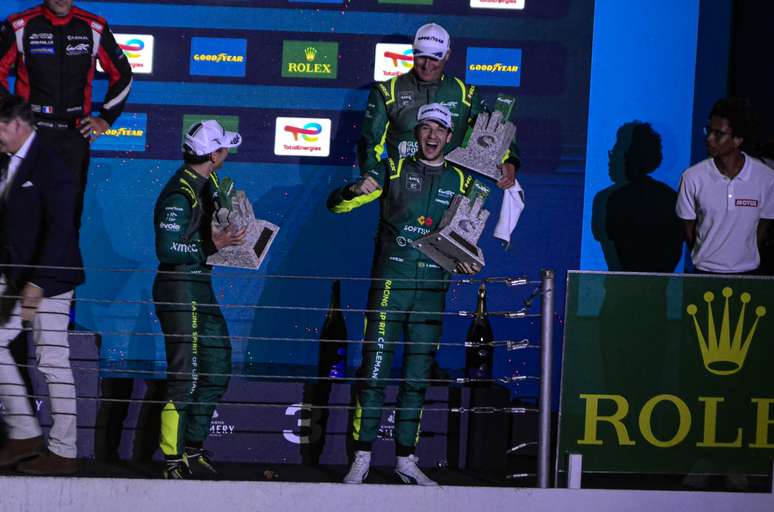India, Russia, United States and China are some of them; the interest is in the colonization of space, experts say.
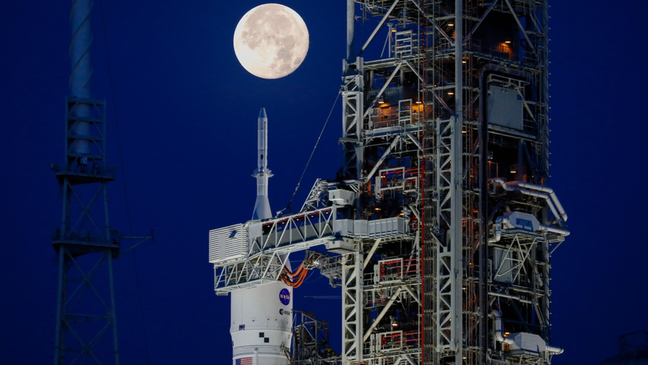
In 2023, Russia, India and the European Space Agency will launch missions to the moon and deep space.
This comes after the launch of the Artemis I mission of NASA, the American space agency, which recently made a lunar orbit, using a spacecraft designed to return people to the surface of the Moon.
Who is launching missions to the moon?
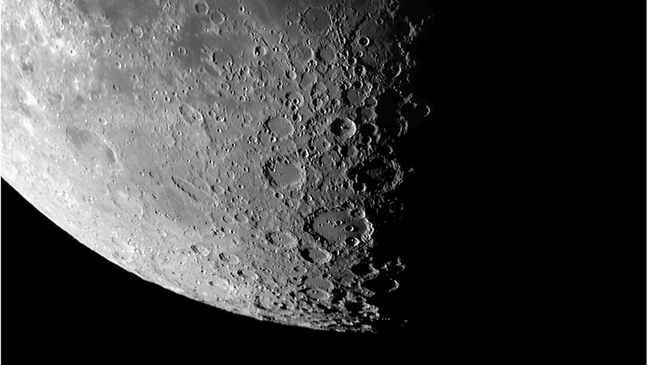
India plans to launch the Chandrayaan 3 mission to the Moon in June 2023, bringing a robotic lander and rover to explore the surface of this celestial body. India first landed on the moon in 2008 with Chandrayaan 1.
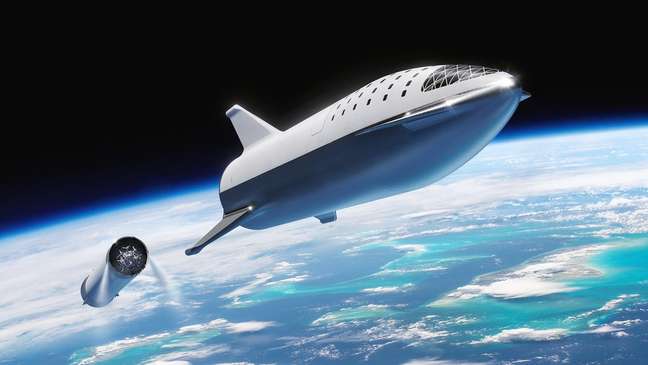
Russia plans to launch its Luna 25 mission in July 2023, placing a probe on the moon to collect samples from the satellite’s south polar region.
SpaceX, owned by billionaire Elon Musk, plans to take Japanese billionaire Yusaku Maezawa and eight other passengers on the DearMoon trip around the Moon in late 2023. This would be the first mission for its Starship vehicle, capable of carrying 100 people.
NASA plans to launch its next lunar mission in 2024. Called Artemis II, it will carry astronauts into orbit around the Moon.
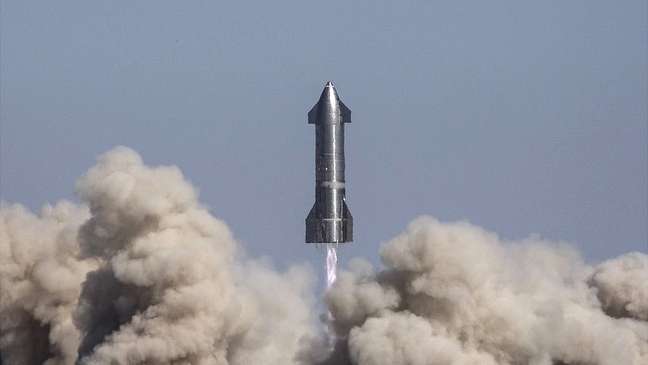
The US agency is expected to launch the Artemis III mission in 2025 or 2026, taking the first woman and first black person to the moon.
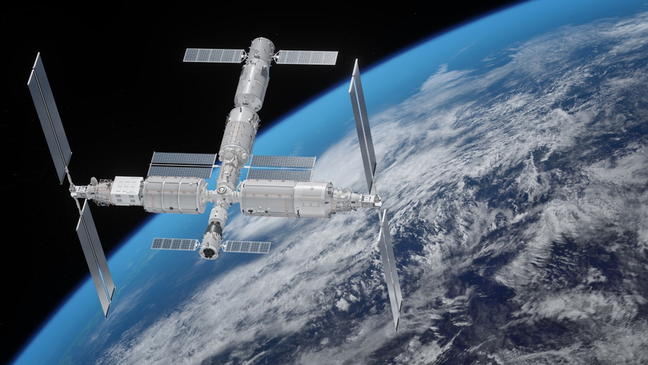
It will be the first time people have walked on the moon since NASA’s last Apollo mission in 1972. NASA has said it will use the Space X Starship for the mission.
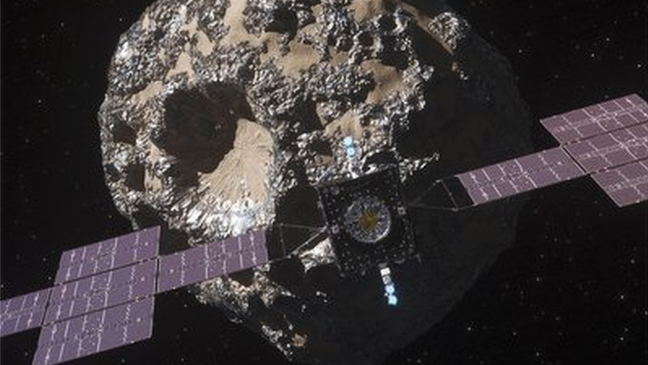
China has announced plans with Russia to establish a joint base on the Moon by 2035, but no timeline has been set for the project.
But why are nations so interested in the Moon?
The goal of space powers like the United States, Russia and China is to establish bases on the moon for astronauts to live in, says Jonathan McDowell, an astronomer at the Harvard-Smithsonian Center for Astrophysics (CfA) in the United States.
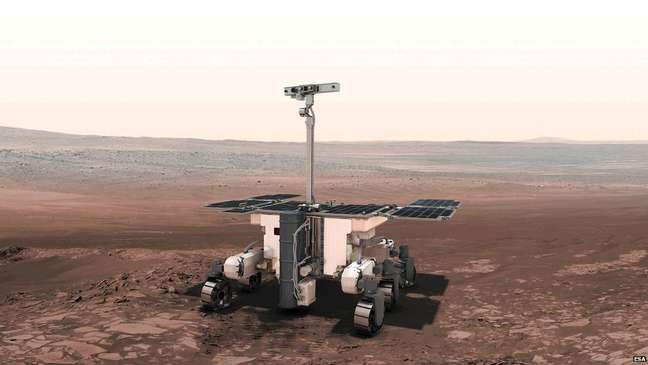
“The Moon is used as a stepping stone to places like Mars,” he says. “It’s a great place to test deep-space technologies.”
It also takes less fuel to launch a spacecraft from the Moon than from Earth to travel into deep space, says Lucinda King, space project manager at the University of Portsmouth.
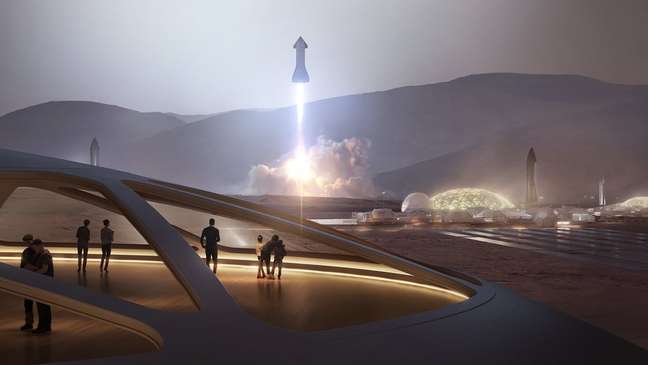
And, he adds, a fuel source has been discovered on the Moon.
“We know there is water (H2O) at the south pole of the Moon,” says King. “That means we have hydrogen and oxygen, which can be used to fuel spacecraft for trips to Mars and elsewhere.”
“That’s one of the reasons there’s a race to get back to the moon: to reclaim the water there.”
What other space missions are planned for 2023?
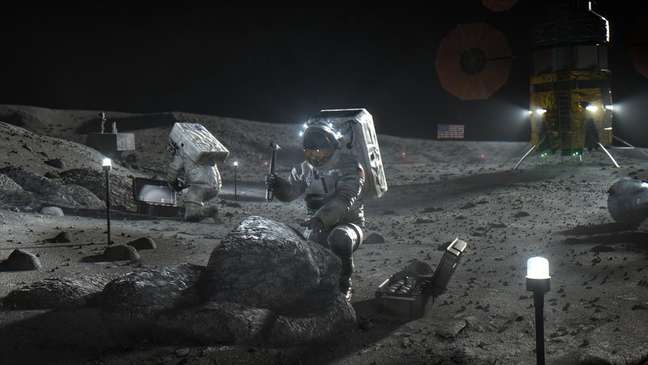
NASA will launch its Psyche spacecraft in the summer of 2023 to explore an asteroid called 16 Psyche, believed to be the remnant of a planet created in the early days of the solar system.
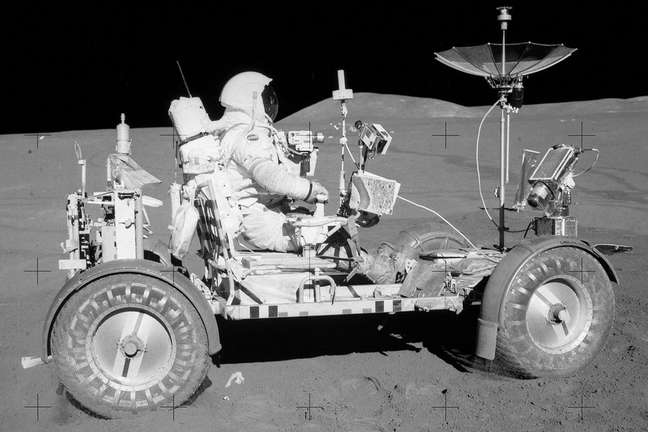
The European Space Agency (ESA), an organization supported by 22 European countries, plans to launch its Jupiter Icy Moon Explorer (JUICE) in April 2023.
The spacecraft will look for signs of life in the water ice believed to lie beneath the surface of three of Jupiter’s moons: Ganymede, Callisto and Europa.
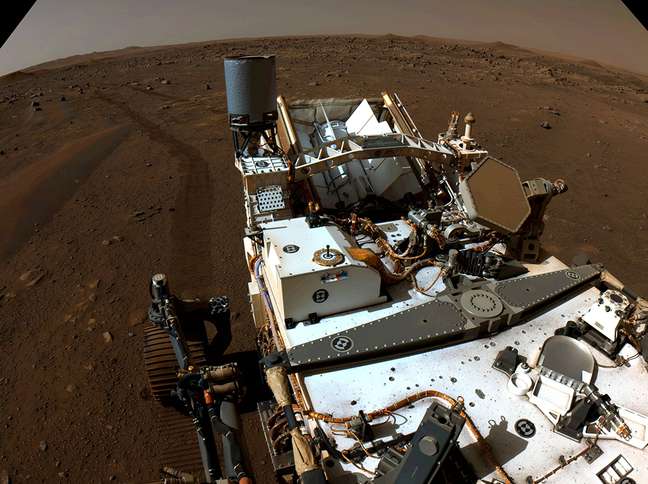
However, in protest against the Russian invasion of Ukraine, ESA will no longer use a Russian rocket to put its Euclid space telescope into orbit next year. Instead, it will use a SpaceX Falcon 9 rocket.
The European agency has also stopped working with Russia on its ExoMars mission to send a rover to Mars, delaying the launch until 2028.
China plans to put a telescope called Xuntian into low Earth orbit in December 2023 to map distant stars and black holes.
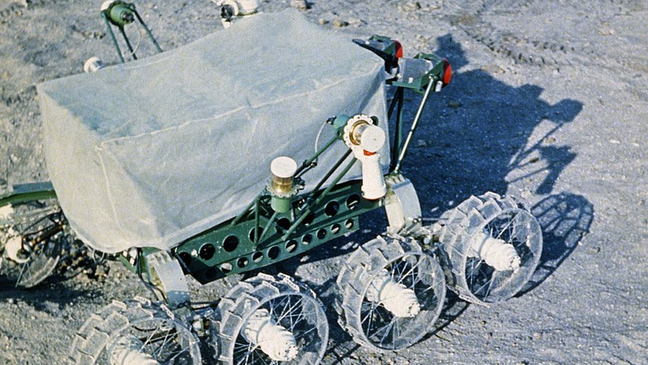
The country has operated robotic rovers and probes on the Moon and Mars and put a scientific research station, called Tiangong, into space.
“In recent years, a view has emerged of humanity extending to Mars and beyond,” says McDowell.
That’s why countries like China and India have become space powers in recent years alongside the US, Russia and Europe, he says.
“Your governments are thinking: if this is the future, we don’t want our country to fall behind”.
– This text was published in https://www.bbc.com/portuguese/internacional-64095042
🇧🇷The best content in your email for free. Choose your favorite Terra newsletter. Click here!
Source: Terra
Camila Luna is a writer at Gossipify, where she covers the latest movies and television series. With a passion for all things entertainment, Camila brings her unique perspective to her writing and offers readers an inside look at the industry. Camila is a graduate from the University of California, Los Angeles (UCLA) with a degree in English and is also a avid movie watcher.



